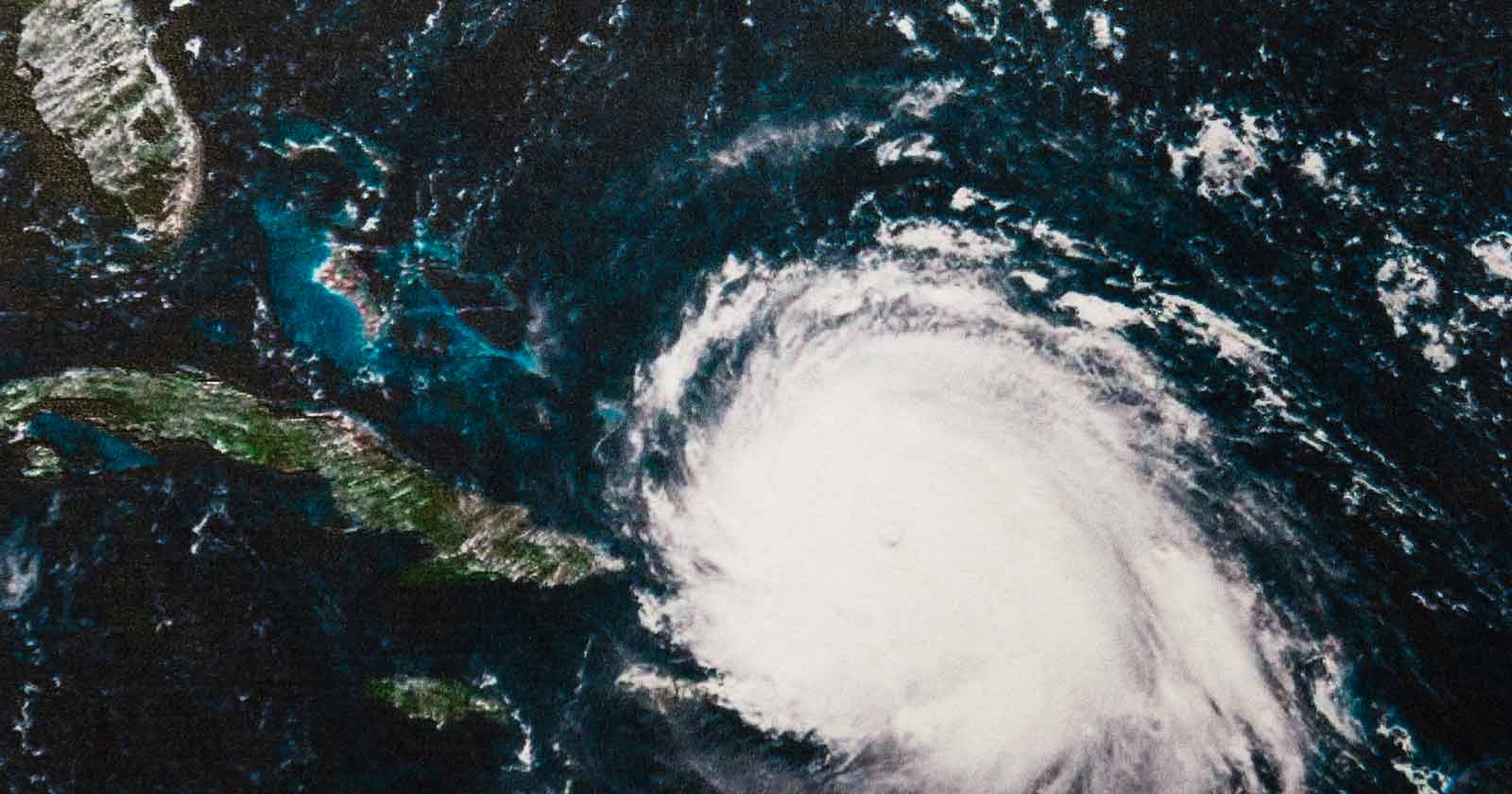
Hurricane season runs from June 1st through November 30th and the National Oceanic and Atmospheric Administration (NOAA) says we have a 60% chance of having an above-normal season this year. Even so, experts don’t think the season is going to be as active as 2020. That’s good news, but we’re still opting for the 10% below average storm season here.
When Hurricane Andrew struck in 1992, Florida building codes got a lot stricter. Now, any new construction in the state must meet hurricane standards. No matter how old your home is, take time every year to ensure that you’re prepared for the worst.
Landscaping and pools
Take a walk around your property and determine whether or not you need to have your trees pruned or branches removed entirely.
Trees that contain heavy foliage blow over easier. Keeping them pruned allows the wind to pass through them instead of causing a barrier that it pushes against relentlessly. The force of the pressing wind coupled with the heavily saturated ground is a recipe for disaster.
A tip for future reference: Consider planting trees that better withstand storms. Research conducted by the University of Florida determined that sand live oaks are the most resistant to wind damage. Other trees that stand up to a storm and thrive in our environment are the Southern magnolia and the bald cypress.
Take dead or damaged branches down before the wind gets up. They’re sure to snap as easily as twigs if hit by intense winds and likely to cause extensive damage.
If a hurricane is forecast to hit your area near harvest season, it’s a good idea to forfeit the fruit and get it down before the storm arrives. Every piece will become a projectile hurled at it’s target with devastating force.
Pools and enclosures
Check to see that your mesh pool screen or lanai enclosures are tightly secured by their tie-downs. If you think it’s necessary, purchase additional tie-downs and use them! It will only increase the likelihood that your enclosure will stay put if hit by a storm this hurricane season.
As for your pool, don’t drain it because the water weighs it down. Accumulating groundwater can float an empty pool right out of the ground.
Reinforce Roofs
Hopefully, you’ve never experienced the terror of losing your roof—even part of one—during a hurricane. If it happens, the entire house is in danger of going down.
It doesn’t take much to strengthen your roof’s wind resistance. As a matter of fact, using construction adhesive—otherwise known as glue—can triple your roof’s wind resistance. Run a thick bead of the adhesive down each side of the rafters in the attic where they meet the plywood roof deck.
If you’re building a new home, odds are your contractor has already talked to you about adding hurricane clips. They enforce the connection between the rafters and the walls of your home. If you want to retrofit them, you probably don’t want to take it on as a DIY project. The job usually involves cutting out a section of both the siding and the wall sheathing where the rafters rest on the wall.
Gabled roofs are the most susceptible to wind damage. You can brace a gabled roof from the underside using 2×4’s that run the entire length of the roof. The 2×4’s are installed 18 inches from the roof ridge.
Windows and doors
If your home loses its exterior door or wind tossed debris obliterates your windows, anyone inside the home is at grave risk of being seriously injured. Moreover, your home is sure to suffer extensive damage and might be completely destroyed.
Windows
If your home doesn’t have hurricane windows installed, it’s something that you may want to consider. Manufacturers construct hurricane windows using tempered glass. It adheres to opposite sides of a sheet of high-tech polymer. The polymer holds the glass in place so that it doesn’t fly apart when hit with flying debris. Even though the glass may splinter, the window remains intact.
It’s no secret that once the wind gains access to your home through shattered windows, the odds go up that you’ll lose your entire roof to the storm. Once it has gained access to your home, the wind races upward to the attic where it begins to force its way through every tiny crack and crevice. Not being able to escape as quickly as it’s pouring into your home causes pressure to build. Meanwhile, the wind is ripping at your roof from the outside. The combination may rip your entire roof loose from your home.
Doors
The same is true of losing your doors—especially your garage door! It’s estimated that up to 90% of homes that are completely destroyed during a hurricane lose their garage door first. Once the wind gains entry through such a large opening, it does it’s worst in an incredibly short length of time.
Have you installed hurricane resistant doors? If it’s an expense you can’t incur right now, you can easily reinforce your exterior doors to increase your protection.
There are ready-made kits for purchase at home improvement stores. You can also purchase some brackets and metal rods that reach from above your door to the floor. Install the brackets above the door on either side. Then, insert the metal rods and it’s a done deal.
Use the same technique to reinforce your garage door. However, since they are so large, experts suggest that you drill holes in the floor of your garage. The metal rods that are inserted into the brackets should be long enough to fit securely into the holes.
Safe and secure
Taking precautions now is the best way to ensure that you and your family are as safe as possible should you need to take shelter and ride out the storm this hurricane season. Check your trees. Make sure outside enclosures and small sheds are tied down. And, don’t drain your pool.
Do you have supplies on hand in the event that you find yourself sheltering in place and lose power for several days? Ready.gov is an excellent resource with checklists for necessary provisions. There are safety checklists too. You should check it out.
Lastly, should your local officials call for evacuation, heed it.
Take some time to map your escape route so you won’t get caught in the confusion and hysteria that threatens to take hold once the storm is imminent. Storms can change in the blink of an eye and you don’t want to wait until the last minute and find yourself trapped with no hope of escape.
